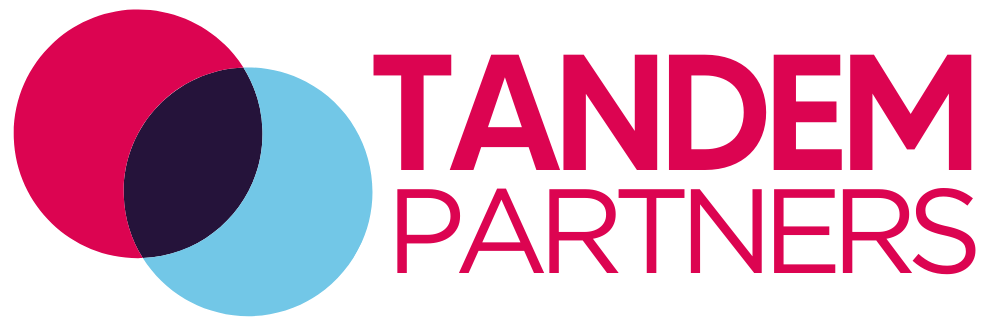Organisational Development: Back in the Spotlight
Organisational Development: Back in the Spotlight
During the boom recruitment period of 2021 to 2023, we saw a meteoric rise in Organisational Development (OD) roles. Competition for HR talent was fierce, workplaces were shifting through and beyond COVID, and many organisations were wrestling with how to define, develop and stay true to their culture.
By contrast, 2024 became the year of the HR Services leader driven by legislative change, pay equity focus, systems remediation and a renewed emphasis on HR foundations: the engine room of the function.
Now, in 2025, OD has returned to the spotlight. We’ve already seen more senior OD leadership positions this year than in the entirety of 2024, a clear signal that organisations are once again prioritising culture, talent, capability and leadership as critical levers for effective growth, transformation and performance.
Where OD Started and where it is now….
OD has its roots in early psychology and what became known as the Human Relations Movement, a time when organisations first recognised that the social, relational and psychological well-being of workers was important for productivity.
Early studies into leadership, motivation, and team dynamics including Elton Mayo’s Hawthorne Studies and Kurt Lewin’s work on group dynamics revealed what we now take as given: when people feel connected, valued, and part of something bigger, performance improves. Back then, OD was about building workplaces based on a blend of science and human behaviour theory.
Modern OD, whilst still true to these early principles, looks different. It’s no longer a case of developing programs, campaigns or interventions in isolation. Today, OD sits at the intersection of business and people performance, leadership, and culture. It is a strategic, enterprise-wide discipline.
OD leaders work directly with CPO’s, CEOs and executive teams to:
- Prioritise the people strategy, often bringing key strategic elements to life.
- Shape organisational structures and dynamics that enable agility, resilience and growth.
- Build leadership capability and talent pipelines.
- Connect talent, strategy, and performance in real time.
- Report on culture, engagement measures, solving for potential risk.
This shift isn’t just anecdotal. The Institute for Employment Studies notes that traditional OD was once “rational, linear, top-down, and whole-system” — whereas today’s practice is fluid, adaptive, and iterative, built for environments of constant change.
Gartner’s 2025 research echoes this, showing that organisations are moving away from episodic change toward continuous, people-led transformation, with OD integrating capability, culture, and leadership at the very least, into that process. This is true for many of the organisations we work with across Australia in 2025.
OD’s Role? The Connector….
In simple terms, OD connects the dots.
It’s the function responsible for aligning the strategic people levers, as examples; talent, leadership, succession, DEI, organisational design, engagement and capability and ensuring those levers are pulled at the right time, backed by the right data to create, repair or enhance an organisation’s aspirational culture, individual and business performance.
Increasingly, as we should expect, OD is becoming more data-driven and tech enabled. Gartner’s HR Trends for 2025 highlights how AI-driven workforce analytics are giving OD leaders better visibility into capability gaps, engagement risks and cultural trends. These tools allow more targeted, predictive interventions, freeing OD teams to focus on high-impact, enterprise-level work. Automation if it isn’t already, will take on more of the routine reporting and monitoring, while AI-powered feedback platforms are helping to lift engagement. (By as much as 39%, according to recent research from Qualtrics and Gartner)
In the past, organisations have considered OD interventions as a ‘long game’ believing in outcomes over time. But even this notion is being challenged by the speed of tech adoption and workforce disruption. OD strategies now need to be scalable, agile, and quicker to support evolving business needs. That’s no small task in a world of constant change.
From OD Specialist to Enterprise Architect
OD still operates in many organisations as a ‘centre of excellence’, ensuring all programs and strategies are anchored to frameworks and purpose. In some organisations of scale, this OD COE is deep, specialist and split by domain. In others we are seeing the broad, portfolio OD role evolve beyond the traditional domains, depending on what that particular organisation is experiencing at time. Some OD functions include domains such as wellbeing, talent acquisition, org design as examples and we have witnessed the evolution of OD as the ‘architect of organisational effectiveness’ (with roles adopting that title outright).
Many a model works. What matters is that OD is connected to business outcomes and delivers measurable, impactful results.
What’s Next?
- Build integrated ecosystems to support the evolution of work.
- Human–AI collaboration: OD will blend human insight with AI tools to make smarter people decisions, enable ethical adoption, and balance technology and humanity.
- Culture Custodians: OD is back as the anchor for culture during ongoing change.
- Build transparent, diverse pipelines for leadership and succession (Microsoft's 2025 Workforce Trends report tells us that 36% of leaders expect managing AI systems/agents to be part of their scope within five years.)
- Combining deep specialist expertise with commercial acumen (whilst ‘separate’’ from P&C partnering, there is no room to operate separately.)
- Partnering with the C-suite to drive effectiveness and transformation: nothing in isolation.
- Predictive Foresight: Leveraging data and insights to act faster and build business resilience.
OD is a key enabler of transformation, performance, and culture — shaping how work gets done, how leaders grow, and how organisations thrive. While some may still call it the “softer” side of People & Culture, OD is increasingly dependent on both data and sentiment and OD professionals have the real opportunity to bring a people strategy to life.
I’d love to hear how others are seeing this play out — how is OD positioned in your organisation today?
Tandem Partners manage HR Executive and Senior Specialist HR Leadership search assignments. Reach out today for a confidential discussion.
Refine results
Keywords
Contact Us
Categories
News
HR Leader Series


